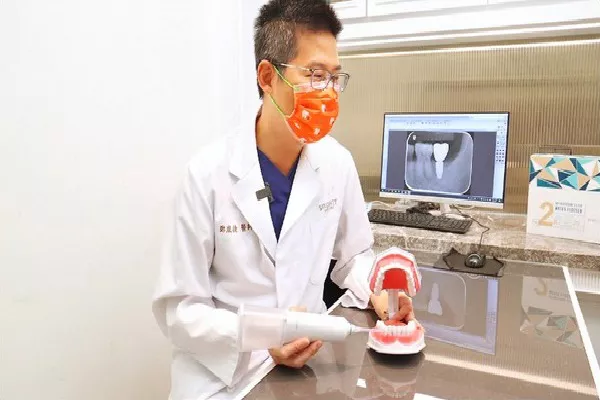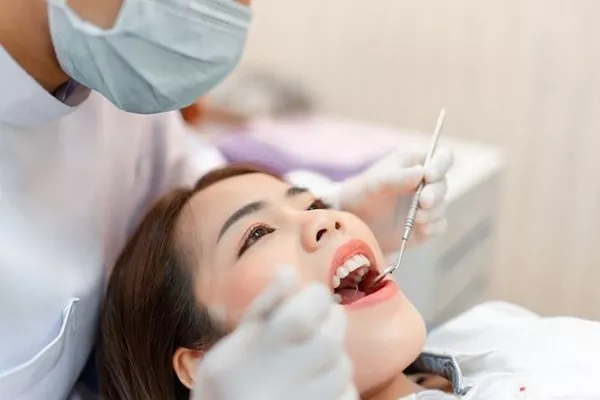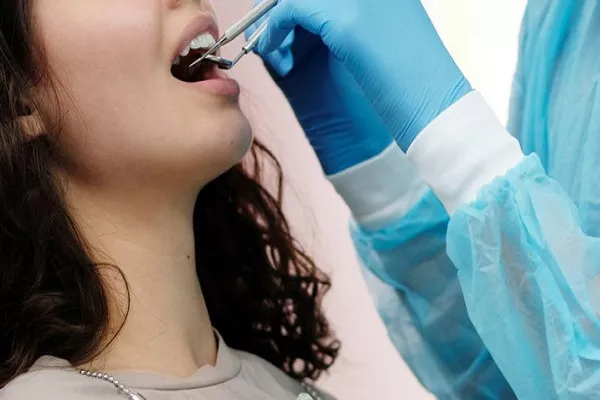Orthodontic wax is a common accessory for individuals with braces or orthodontic appliances. While it serves a vital purpose in preventing discomfort and irritation, there may be instances where a small amount of wax is accidentally swallowed. In this article, we will explore what happens when orthodontic wax is ingested, its potential effects on health, and the necessary steps to take if such an incident occurs.
Section 1: Understanding Orthodontic Wax (Word Count: 600 characters
Orthodontic wax is a soft, pliable material made from a blend of natural waxes like beeswax and synthetic compounds. It is typically transparent or tooth-colored and is commonly used by orthodontic patients to reduce friction between braces, wires, and the soft tissues of the mouth. The wax creates a smooth surface, minimizing discomfort and preventing irritation and ulcers caused by metal edges.
Section 2: Accidental Swallowing of Orthodontic Wax
Accidentally swallowing orthodontic wax can occur due to various reasons. Sometimes, patients may unintentionally dislodge the wax while eating, brushing, or flossing. In other cases, a piece of wax could break off and be inadvertently ingested. It is essential to understand that orthodontic wax is non-toxic and considered safe if consumed in small quantities. However, swallowing large amounts may lead to potential complications.
Section 3: Potential Effects on Health
In most cases, accidentally ingesting a small piece of orthodontic wax is unlikely to cause harm. The wax will typically pass through the digestive system without any issues. However, swallowing larger quantities could potentially lead to gastrointestinal discomfort, such as mild stomachaches or nausea.
In rare instances, larger pieces of wax may cause blockages in the digestive tract, particularly in young children or individuals with pre-existing gastrointestinal conditions. If you suspect a blockage, it is crucial to seek immediate medical attention.
Section 4: What to Do If You Swallow Orthodontic Wax
If you or someone else accidentally swallows orthodontic wax, it is essential to remain calm. As previously mentioned, small amounts of wax are generally harmless and will pass naturally through the digestive system.
However, if you experience persistent abdominal pain, vomiting, or difficulty swallowing after ingestion, seek medical help immediately. In such cases, a healthcare professional can assess the situation and recommend appropriate measures based on the individual’s age, health condition, and the amount of wax ingested.
Section 5: Preventive Measures
To minimize the risk of accidentally swallowing orthodontic wax, consider the following preventive measures:
Apply small amounts of wax: Use only a pea-sized amount of wax at a time, as excess wax is more likely to break off and be swallowed.
Proper application: Ensure the wax is firmly placed on the targeted area and not easily dislodged during eating or brushing.
Supervision for children: Parents should closely supervise young children with braces to reduce the chances of accidental ingestion.
Conclusion
Accidentally swallowing orthodontic wax is generally not a cause for major concern, as small quantities are harmless. However, it is essential to exercise caution and seek medical attention if any adverse symptoms arise. By understanding preventive measures, orthodontic patients can continue to benefit from the use of wax while maintaining their oral health and comfort throughout treatment.
































